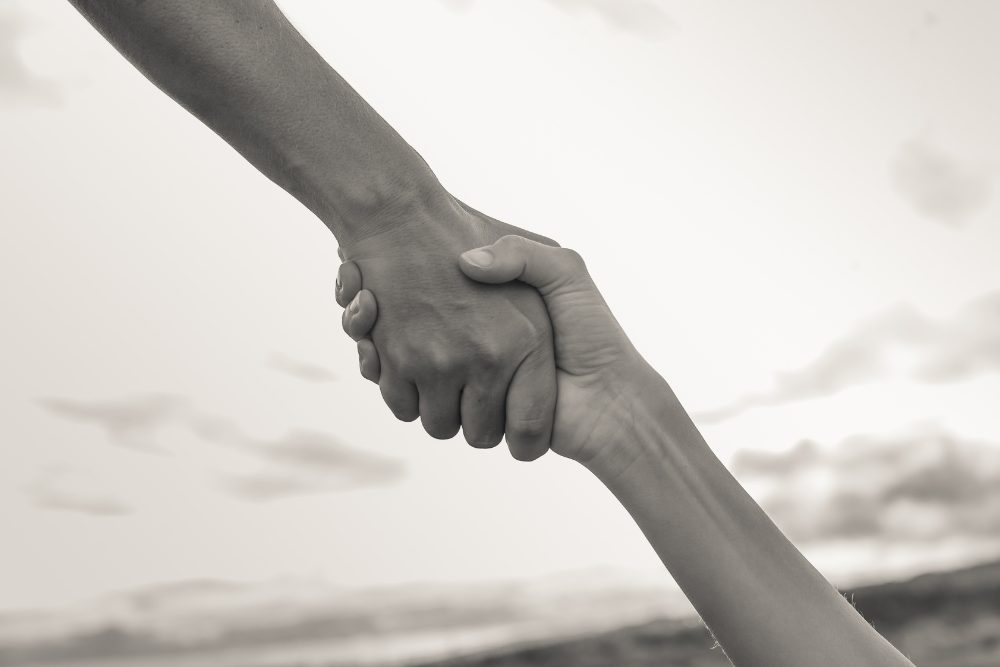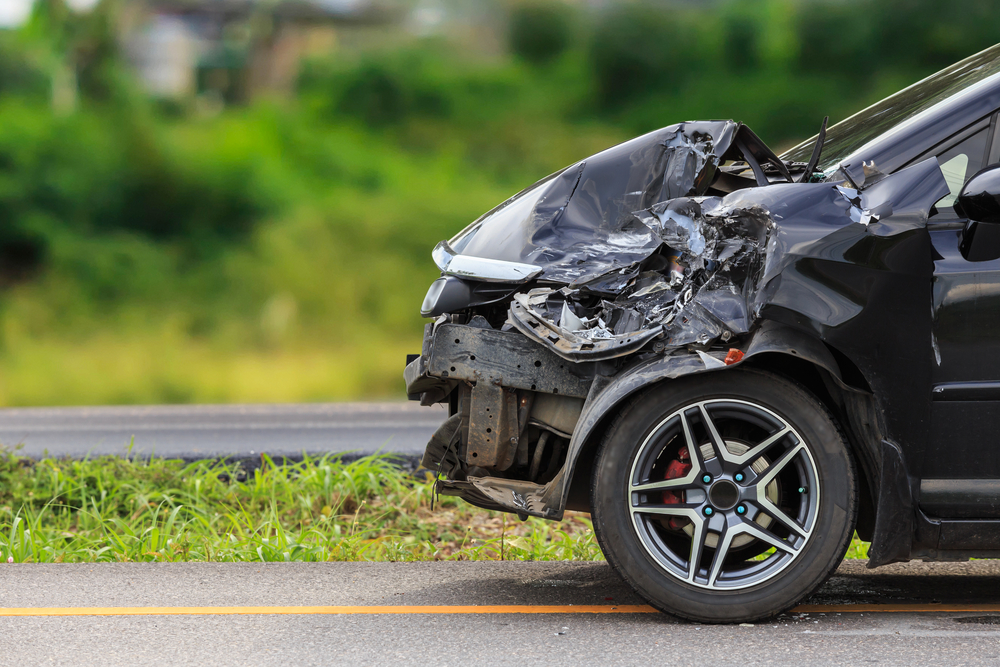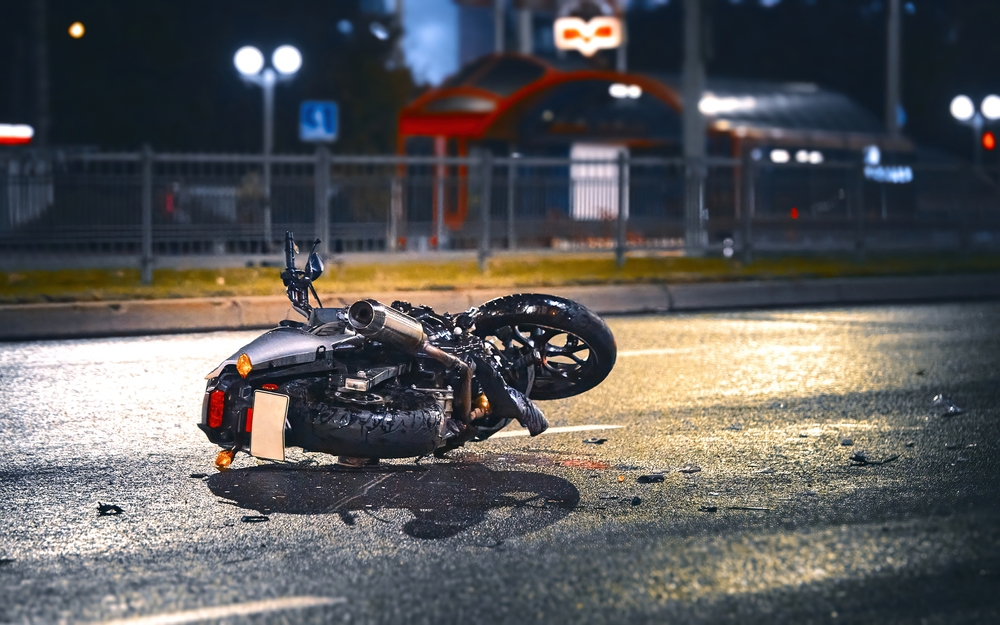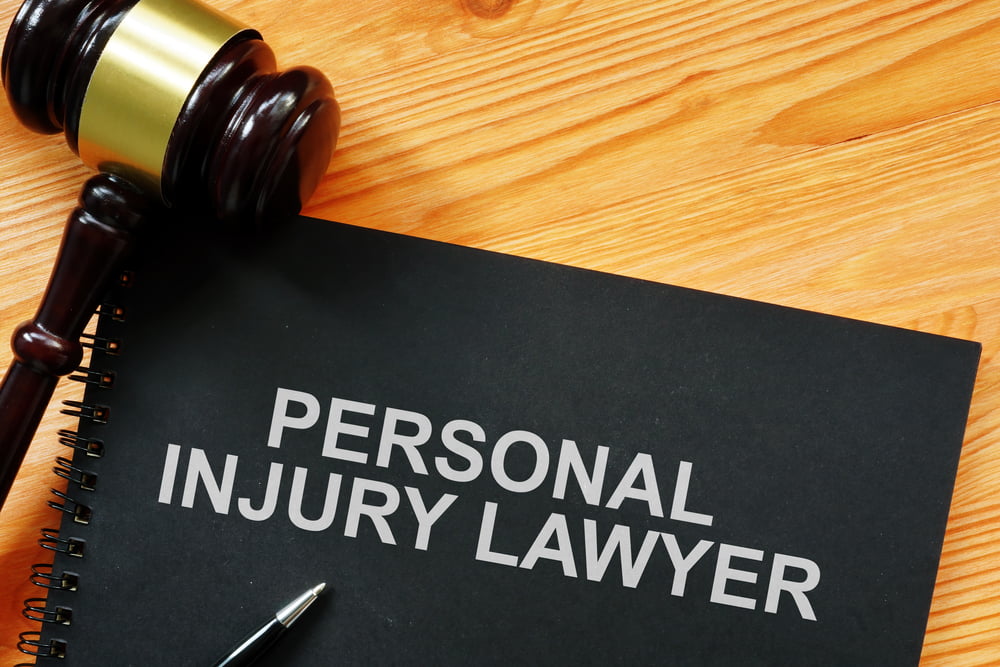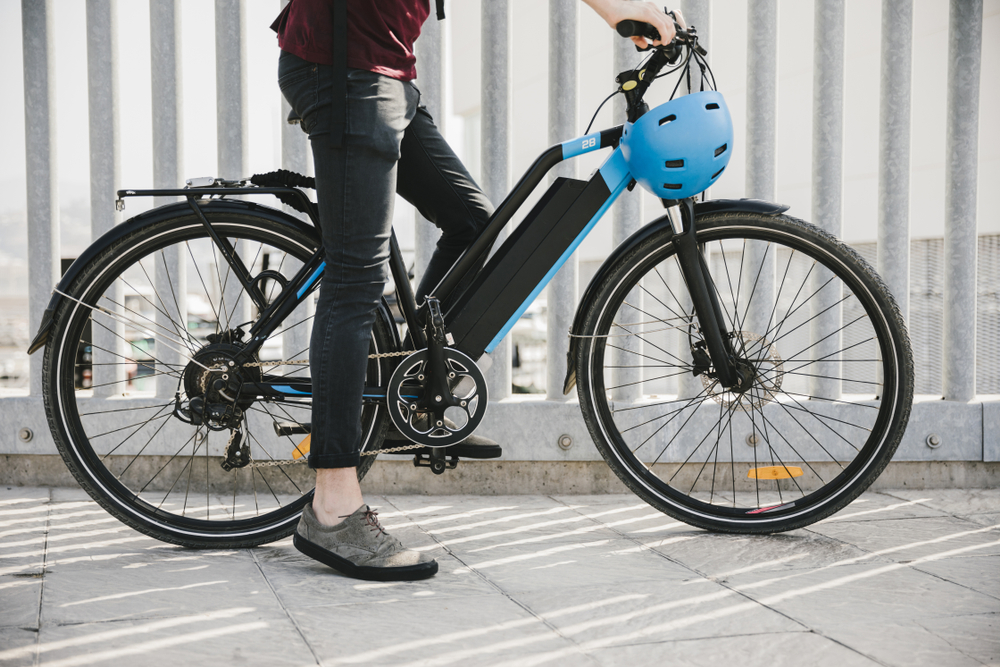Did you know that cycling laws differ from one province to another? Read on to learn more about Alberta bicycle laws and your legal obligations if you’re involved in a bicycle accident.
How To Cycle Safely in Edmonton
Similar to motor vehicles and motorcycles, bicycles in Edmonton are classified as vehicles under the Alberta Traffic Safety Act. As a cyclist, you have many of the same legal responsibilities and rights as other roadway users, which means that you must abide by the following Provincial laws for cyclists:
1. Equipment Regulations:
All cyclists under the age of 18, including passengers, must wear a safety helmet and adhere to the standards of the Vehicle Equipment Regulations. When sharing the lane with motor vehicles, it is important to take all the necessary precautions, which is why we recommend that all cyclists wear a helmet, even if they are over 18. If a cyclist decides to commute at nighttime, their bicycle must have at least one headlamp and not more than two headlamps. The cyclist must also install at least one red tail lamp and one red reflector mounted on the rear. Finally, all cyclists are required by law to have brakes installed on their bicycles. These rules are put in place to ensure the safety of all cyclists throughout the daily commute.
2. Traffic Laws
In the province of Alberta, cyclists are not allowed to ride their bicycles on any sidewalk unless their bicycle is equipped with a wheel diameter of 50 centimetres or less. However, this law does not apply to cyclists who ride on shared pathways or designated bicycle paths. Similar to motor vehicle traffic laws, cyclists must yield the right of way to slower-moving pedestrians. If you are travelling on the same path as another cyclist, you must alert them with a sounding bell with a reasonable amount of time before overtaking them to avoid the possibility of a collision. When cycling in an area of high traffic, you must use reasonable care when overtaking a person or a cyclist, travel under control and drive at a reasonable rate of speed. You never know what might happen when you’re on a sidewalk or a bicycle path, so you always adhere to the nature, condition and use of the path.
3. Hand Signals
As a cyclist, you are required to use signals to inform others of what you plan to do, especially if you’re sharing lanes with other cyclists or motor vehicles. Unlike cars, cyclists do not have turn signals to notify their surroundings that they are planning to turn, so it’s essential to know the three main hand signals you can use when cycling around town.

What To Do When You Get Into An Accident
Before getting on the road, you should always have your personal identification and cellphone on you. If you get into a car accident, you must contact the police immediately. It’s not uncommon for cyclists to bounce back up on their bicycles thinking that they feel okay, only to get back home and start to experience extreme pain. During any collision, you are very likely to experience a rush of adrenaline that might give you the false reality of feeling physically okay. Contacting the police and waiting for them to arrive at the scene will give you time to digest the collision’s severity and allow you to notice any physical pain that might have resulted from the accident.
After calling the police, you are legally obligated to stay at the scene, so make sure that you and the driver are present when the police arrive. While waiting for the police, the driver might attempt to offer to pay for any damages or injuries you have sustained – don’t accept any offers. This is not to question the driver’s intention but to ensure that you receive the compensation you deserve. Without evaluating the accident, you never know how much you need to cover the injuries and damages caused by the collision, so it’s best to wait for a complete evaluation before accepting any offers. In the meantime, you can obtain the following information from the driver to help you contact them in the future:
- Name
- Address
- Phone Number
- Driver’s License
- License Plate Number
- Car Model
- Insurance Information
If there are any witnesses around, ask for their contact information as well to be able to support your claim. After the police arrive and take a detailed report of the collision, make sure to get the police report number in case you need to use it later on.
When To Call A Personal Injury Lawyer
After leaving the scene of the collision, you have to ensure that you are physically unharmed. If you haven’t gotten yourself checked out yet, you must seek medical attention as soon as possible. Visiting your family physician or heading to the ER will ensure you receive all relevant tests required to check your physical condition. Keep track of all the medical expenses, prescriptions and damages that you or your bike have sustained due to the collision. Once you obtain this information, contact James H. Brown and Associates to book a free injury claim evaluation and help determine the best course of action.
Not all bicycle accidents are the same, which is why we strongly advise our clients to call us immediately after their medical evaluation to decide on what to do next. With more than 250 years of combined injury law experience, James H. Brown and Associates are ready to support our clients and their families to obtain their legal rights.
Contact James H. Brown And Associates Today
Bicycle accidents may seem superficial at first, but you never know what you are entitled to until you seek legal advice. Contact us today, and one of our experienced injury lawyers will help explain your legal rights as a bicycle accident victim.

